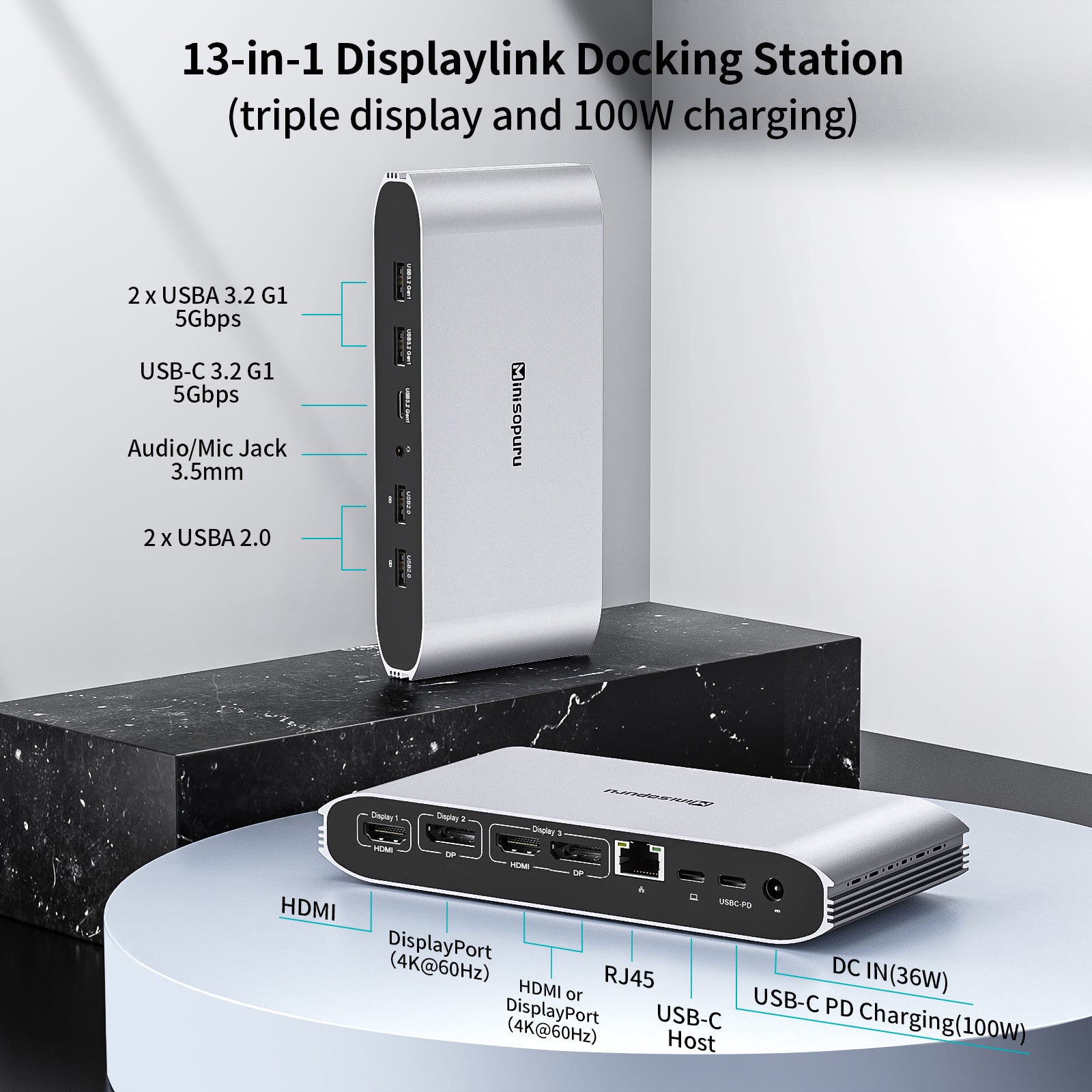High-bandwidth Digital Content Protection (HDCP) is a form of Digital Rights Management (DRM). DRM is intended to allow content producers to prevent unauthorized copying of digital content, and in the case of HDCP, this is specifically to protect video that is being sent to a display.
As with most DRM, eventually, the protection scheme is defeated and a new form of DRM is made. Because of this, HDCP has undergone a few revisions, and some newer forms of content require newer versions of HDCP to be displayed properly.
In some cases, if the HDCP standard required by content such as streaming video or Blu-Ray video isn't met, the content will still play but at a lower quality level than the original format, or playback may not be allowed at all.
Generally 4K/UHD content will require that all devices in the chain between a media source and a display to support HDCP 2.2 to display 4K/UHD content at full resolution. Some displays and home theater receivers may only have a limited number of inputs with HDCP 2.2 support and are usually labeled to indicate whether HDCP 2.2 is supported. Be sure to check this if you encounter issues.
HDCP is used primarily on HDMI, DisplayPort, and USB-C/Thunderbolt™ connections.
As with most DRM, eventually, the protection scheme is defeated and a new form of DRM is made. Because of this, HDCP has undergone a few revisions, and some newer forms of content require newer versions of HDCP to be displayed properly.
In some cases, if the HDCP standard required by content such as streaming video or Blu-Ray video isn't met, the content will still play but at a lower quality level than the original format, or playback may not be allowed at all.
Generally 4K/UHD content will require that all devices in the chain between a media source and a display to support HDCP 2.2 to display 4K/UHD content at full resolution. Some displays and home theater receivers may only have a limited number of inputs with HDCP 2.2 support and are usually labeled to indicate whether HDCP 2.2 is supported. Be sure to check this if you encounter issues.
HDCP is used primarily on HDMI, DisplayPort, and USB-C/Thunderbolt™ connections.



